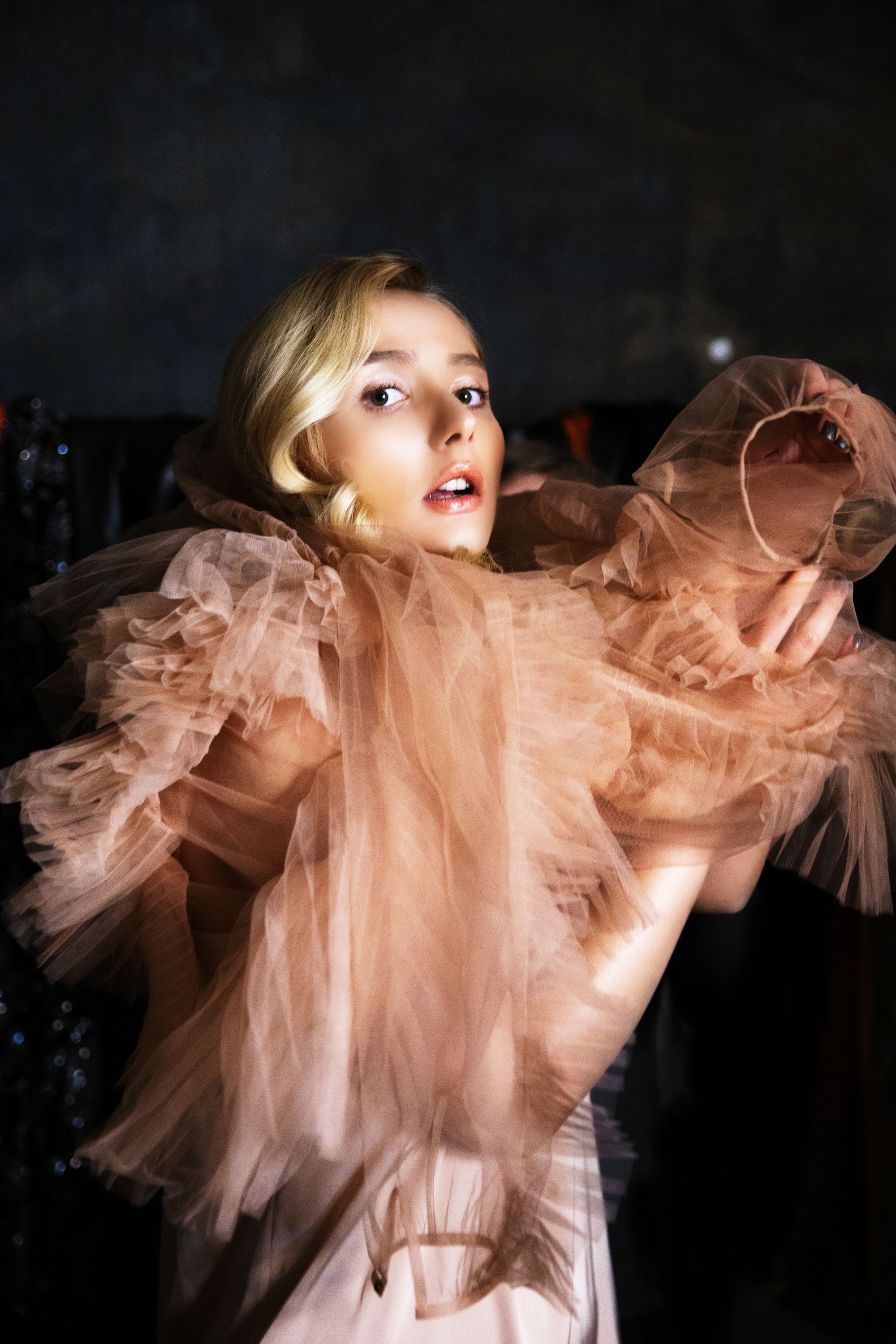
Ok, just wanted to repeat again: there are lots of ways (and even philosophies) to do this team thing, several of them work, a lot of them don’t, I will just share with you want works for me.
Basics of my work with the HMUA is to pick the right person (she/he could work if I tell her/him to change this and that = she/he will not be a good fit) and then make sure we are on the same page about the story. I think it’s not right to pull out a picture and tell HMUA, “Just do this.” Think of it: you are probably doing photography for several years now, and you learned so much; your HMUA spent all that time learning hair and makeup, she/he knows a lot, tried a lot, made mistakes, had success — she/he knows which makeup works on which face, what color complement certain skin and what texture can be done on different skin-type.
You can help technically explain where the light will come from because it needs to be taken into account when sculpting the face. For example, with light from up, you can’t make eyes too dark (especially if positioned rather deep) because you will have just black holes around eyes.
You can also ask not to do certain things (like, for example, I don’t like artificial eyelashes with a periodic structure like this) or point out that we will have a windy location if I see that the hair are very elaborate. But it’s HMUA’s part of the equation to decide what look will work given these limitations
Do I always need HMUA? Not always. If you work with a beauty blogger or work with a model, the makeup will be really “regular” you can do without HMUA. But never work without one for a client — they will see it as a way to save some money, and it will be 300% more retouch for you or really below average pictures for them.

Can I be the HMUA or my own shoot? Many people take this direction. It allows you to be more independent. But it also takes time to learn and takes energy on set (you will need to carry the light, camera, hair, and makeup cases and do the makeup for 1–1.5 hours so you will be already tired when you start shooting). If you love makeup, it might still be cool because you can think about the lighting and makeup together as a system. You can also end up working by yourself each time and not hearing other people’s perspectives during the shoot. You know sometimes you think something is a good idea, but it’s really not, and any collaborator would save your story by giving you some honest feedback.
HMUA vs. MUA+hair. Plus of one person doing both makeup and hair is more cohesive overall vision; minus is it will take twice as much time because MUA and hairstylist can work in parallel.
Vision Exchange. Just giving you a couple of examples of the mood board I send to HMUA to explain the visual language of a given story:
Working with someone long-term. I used to work with the same girl almost every week for 6 years. She did hair and makeup, and we put our resources together to do styling (or sometimes involved someone for that). It was totally amazing because of the deep trust and understanding we built. We coevolved, and I learned most of what I know because I was able to experiment with working with her. At the same time, we were both working with other people in parallel, and we really matched when it came to not only aesthetics but also life views.
Worse Case Scenario. My worst HMUA collaboration happened when we did a big advertorial for the jewelry brand, and the HMUA disregarded our direction entirely. We asked for a mat, white, and pick Russian Ballerina, but HMUA got carried away with the model's features and ended up with glossy gold South-Of-France Race Car Driver. The location, wardrobe, and light were still from ballerina story, so we got a terrible mismatch. Obviously, the HMUA worked for her portfolio instead of all team's benefit. I still don't think it was my method's fault, though, just a fault of the HMUA selection process at that time.

Strong personalities. When working on a beauty story, you will see that HMUA starts to treat you as an assistant rather than an equal co-creator. Some photographers just take it, but I know this dynamic won’t work for me, and the pictures will end up not looking good. It’s my job to make the pictures look best, and hence it’s my job to make sure I have what I need to do that. And what I need is control on set (even if the HMUA is my client). So, in the end, the HMUA is the boss about how the model looks, but I am a boss of what she actually does (direction, emotion, lighting, relation to the environment). If you play it right and stay respectful and thoughtful, the power struggle can actually push both of you to do better work :)
Next Up: Makeup For Male Models